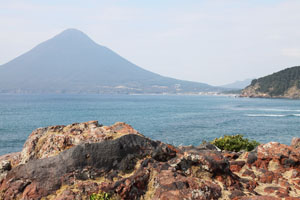
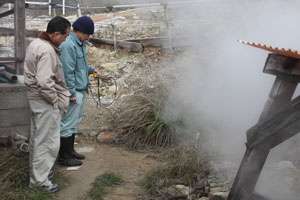
Mt Kaimon (Kaimondake)
Scientists monitoring fumarole emissions, Unagi Village
 |
 |
|
Mt Kaimon (Kaimondake) |
Scientists monitoring fumarole emissions, Unagi Village |
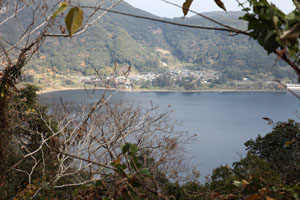 |
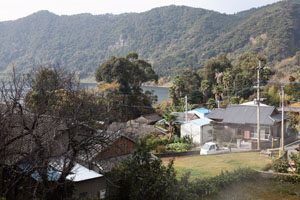 |
|
Lake Unagi |
Unagi Village |
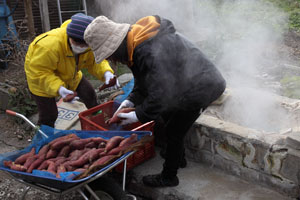 |
 |
|
Workers cooking sweet potatoes using fumarole gases |
Sweet potatoes on fumarole cooker |
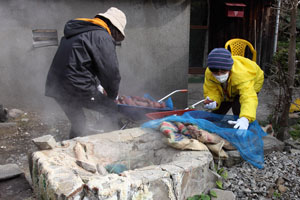 |
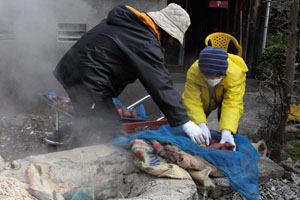 |
|
Workers cooking sweet potatoes using fumarole gases |
Workers cooking sweet potatoes using fumarole gases |
|
x |
x |
x |
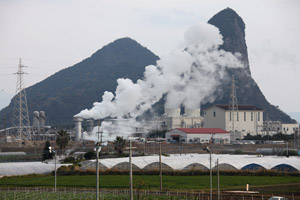 |
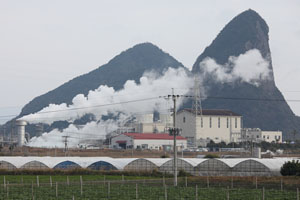 |
|
Power station with Takeyama peaks in background |
Power station with Takeyama peaks in background |
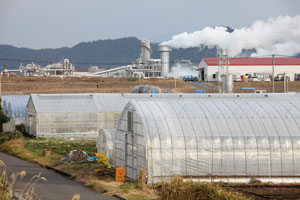 |
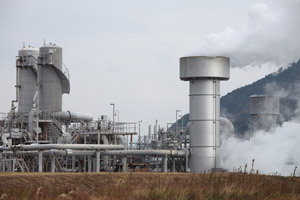 |
|
Power station with geothermally heated greenhouses in foreground |
Power station machinery |